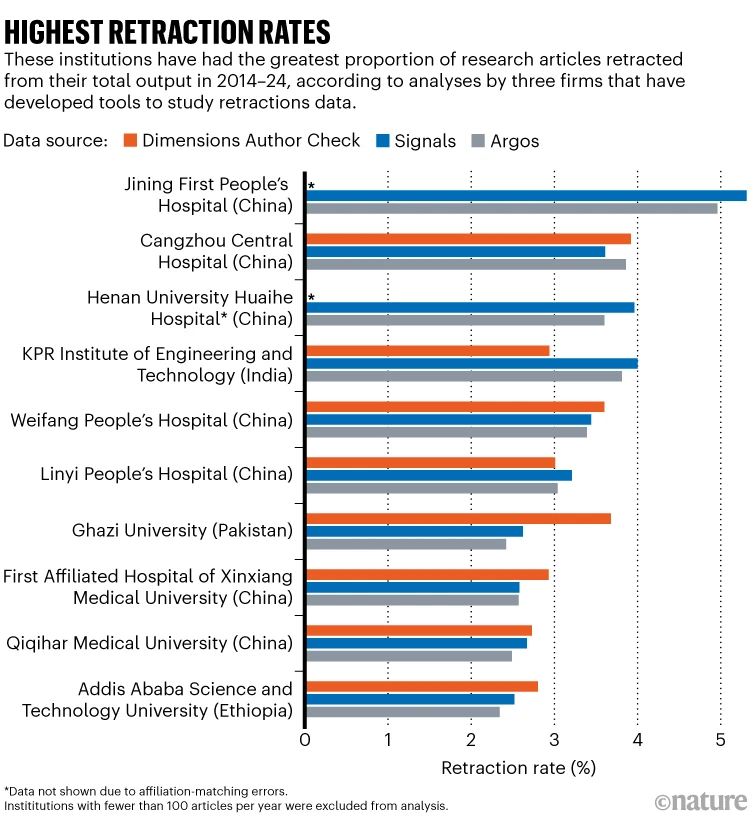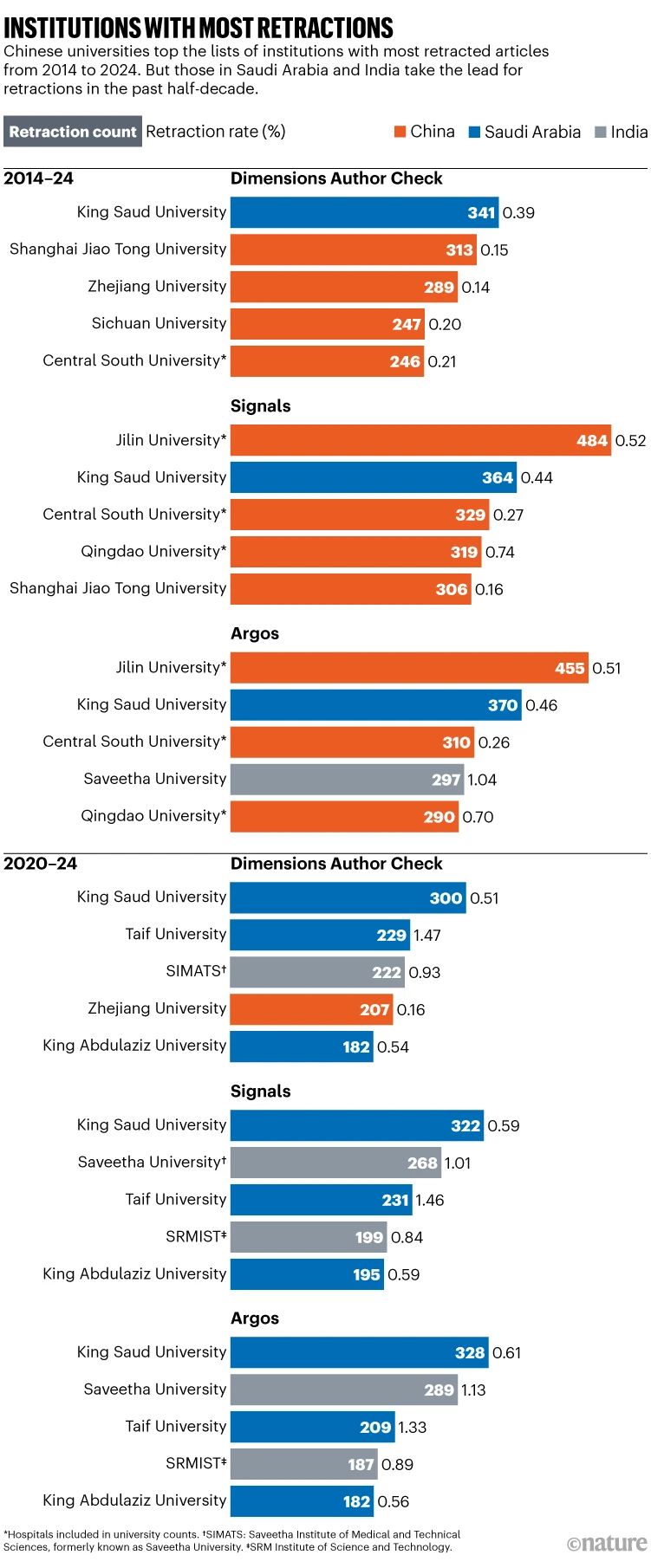1) This is so true in many fields, and the solution is beyond simple. Already happened in AI fields like 15 years ago, but for no reason, no other field is doing that.
Make the peer-review system double blinded. The authors do not know whom is reviewing their paper. The reviewers do not know whose paper they are reviewing. The area chair / action editor might know the reviewers but does not know the authors. The authors must put domain conflicts which mean that the reviewers and action editor cannot be from the same institution or from institutions they work closely with.
Far from perfect, but it minimizes the amount of scientific cheating going on in the review process.
2) Agree. The amount of fight going on who gets the last authorship in papers with collaborations is insane. Even in cases where the egomaniac PI has done the grand total of feck all.
———
Depending on the field, standards are beyond unrealistic. Again talking about AI, cause that I am familiar with, but to get accepted for a PhD in a top university nowadays, you must have 2+ first-author top-tier papers. Which is insane, cause five years ago that was enough to get the PhD degree. China is extremely competitive, there are students in their bachelor degree who managed to get 3-5 first-author papers during their undergrad studies. I mean, not very long ago, that was enough for a top-tier postdoc position, and is still enough for a research scientist in FAANG.
Btw, I have an intern of such level (now a second year PhD student). Who has more top-tier papers, a higher h-index, and more citations than me. Complete insanity.



